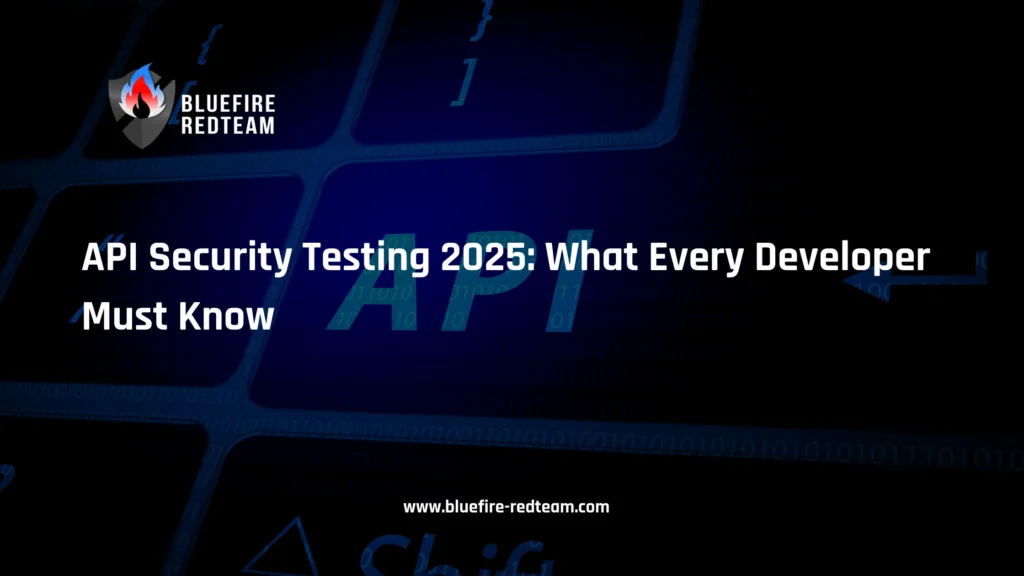With their ability to connect apps, users, devices, and data at a never-before-seen scale, APIs are now the brains behind contemporary digital platforms. But with great utility comes great risk. By 2025, threat actors will be using APIs as their primary attack surface, making them more than just a tool for development. What every developer needs to know to properly secure APIs is broken down in this guide.
Why API Security Is Mission-Critical in 2025
APIs now account for over 80% of all internet traffic. As developers integrate microservices, mobile apps, and third-party systems, attackers are concentrating more on these susceptible endpoints.
- A 2025 study by Verizon shows 61% of web app breaches originated from API exploitation.
- These days, business logic errors, exposed tokens, and improperly configured API gateways are more frequent than SQLi or XSS.
- APIs are high-value targets because they support cloud infrastructure, SaaS tools, fintech platforms, and mobile apps.
In short, API security is no longer optional. It’s fundamental.
Common API Vulnerabilities (Based on OWASP API Top 10 – 2025)
Here are the top API vulnerabilities developers must address:
- Broken Object Level Authorization (BOLA) – e.g., attackers accessing another user’s data via IDs.
- Broken Authentication – weak token validation or session hijacking.
- Excessive Data Exposure – APIs returning too much sensitive information.
- Lack of Rate Limiting – allowing brute force or scraping attacks.
- Mass Assignment – accepting unintended parameters during object creation.
- Security Misconfiguration – outdated headers, verbose error messages.
- Injection Attacks – via XML, SQL, or JSON payloads.
- Improper Asset Management – untracked versions of APIs exposed publicly.
- Improper Access Control – role confusion, insecure defaults.
- Insufficient Logging & Monitoring – missing detection when APIs are under attack.

Secure API Design: Principles Developers Must Apply
Building secure APIs starts with these foundational principles:
- Authentication & Authorization: Implement token expiration and refresh, and use OAuth 2.0..
- Least Privilege: Only reveal endpoints that users absolutely require.
- Schema Validation: Verify every input against the stringent OpenAPI requirements.
- Encryption: Enforce HTTPS/TLS across all endpoints.
- Rate Limiting: Use IP/user-based throttling to stop misuse.
How to Conduct API Security Testing
Testing APIs is not just about automated scanners—it’s about simulating real attack scenarios. Here’s how:
Manual Testing (Essential for Logic Flaws)
- Use Postman or Insomnia to manipulate endpoints manually.
- Look for IDORs, privilege escalation paths, and insecure defaults.
Automated Testing Tools
- Burp Suite: For automated scans, use extensions such as “Active Scan++.”
- OWASP ZAP: Good for passive analysis and fuzzing.
Black-Box vs. White-Box
- Black-box: Simulate unauthenticated external users.
- White-box: Use full endpoint documentation, tokens, and headers to go deeper.
API Security Tools for Developers
Your 2025 stack should include:
- Postman + Newman: For functional + security tests in CI/CD.
- Burp Suite Pro: Industry standard for security analysts.
- Insomnia: Fast API exploration and header injection.
- OWASP ZAP: Free, open-source, customizable.
- Bluefire’s API Test Harness: For sophisticated attack chain simulation and business logic validation.
Integrating API Security Into Dev Workflows
Make security native to development:
- CI/CD: Use Newman or custom scripts to perform security checks on each commit.
- Shift Left: Include security teams in the planning and design of APIs.
- Threat Modeling: To model abuse cases in advance, use OpenAPI.
- DevSecOps Culture: Give developers the tools they need to identify and address security vulnerabilities.
What CISOs Expect from Dev Teams in 2025
Developers are no longer just building functionality—they’re building trust. CISOs want:
- Code with secure defaults
- Role-based access logic built into APIs
- Audit trails for sensitive endpoints
- Active support during pentesting
Next Steps: Turn Knowledge into Action
Want to make sure your APIs are locked down?
→ Download the Free API Security Checklist (PDF) to run through best practices.
Or, Book a Consultation with Bluefire Redteam to test your APIs like an attacker would—before one does.


